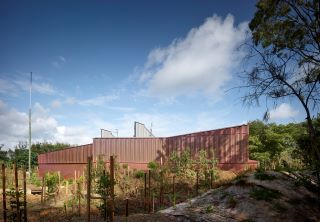 Read time: 28 minutes
Read time: 28 minutes
The Indigenous Ecosystem Corridors and Nodes Project (IEC+N) was launched in 2016 by the International Union of Architects (UIA) and the International Federation of Landscape Architects (IFLA). IEC+N aligns with ‘designing for connectivity’ as a critical component of Biodiversity Inclusive Design (BID), and responsiveness to the biodiversity emergency. One of the aims of IEC+N is to advocate for architects, landscape architects, and allied professionals to purposefully adopt design strategies and practices that enable species to freely move through urban landscapes and beyond. Designing for connectivity encourages the mindful curation of mobility pathways for biodiversity in conjunction with the creation of high-quality habitat nodes.
This note aims to empower designers to design for connectivity by identifying practical strategies to create ‘corridors’ and high-quality ‘nodes' for biodiversity within the built environment. Readers of this note will 1) learn foundational concepts of ‘ecological connectivity’ and how it supports urban biodiversity, 2) understand three key dimensions fundamental to ‘designing for connectivity’ and 3) access practical strategies to deliver Indigenous Ecosystem Corridors and Nodes.
Keywords: biodiversity, urban-greening, rewilding, multi-species design, Biodiversity Inclusive Design (BID), biodiversity sensitive urban design.
